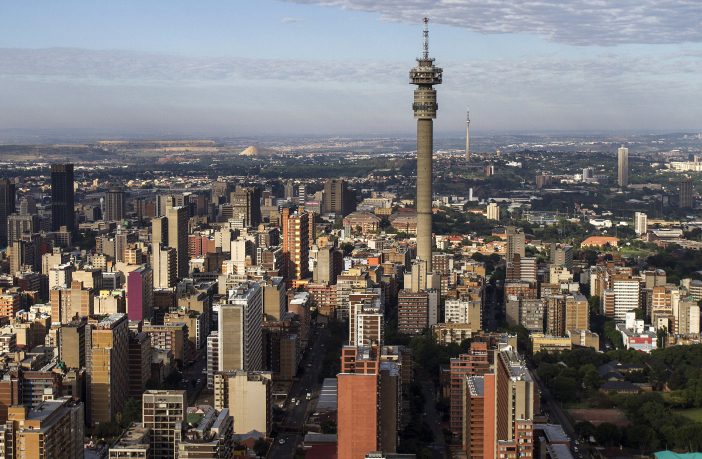- “Accessibility” is the ease with which people can reach jobs, schools, healthcare, entertainment and other opportunities.
Levels of accessibility depend on several factors. Some are place-specific: the availability of amenities and services, their dispersal throughout the city and whether the transportation system allows people to reach them safely, affordably and efficiently. Accessibility is a function of both land use and transportation and depends on how effectively the two, together, serve the city.
Other factors are particular to individuals, such as their ability to pay (both in time and money) to reach an opportunity, as well as their residential choices, and tolerances for safety and comfort while traveling. When transit systems are unsafe or not inclusively designed, for example, women, children and people with disabilities face larger barriers to accessibility than other demographics.
Johannesburg: An Accessibility Case Study
Johannesburg, with its 5 million residents, has been expanding outward over the last 20 years. Though projects such as the Transit Oriented Development Corridorshave attempted to improve public transit, close to half of residents remain underserved by available transportation options.
Using jobs as a proxy for access to opportunities more generally, we measured the number of formal and informal jobs that are reachable within 60 minutes of travel, be it by walking, taking public transport (both formal and informal) or using private vehicles. We found that the average Johannesburg resident can access only 49% of available jobs in the city. The group of residents with the lowest accessibility (about 13% of the population) can only reach 3% of potential jobs in the city within an hour. At the other extreme, 10% of residents with the most accessibility can reach approximately 87% of jobs.
The under-served in Johannesburg – i.e., those who can access below-average numbers of jobs within 60 minutes – are either spending a lot of time and money traveling around the city or are simply unable to access opportunities at all because transport options are prohibitively expensive or long.
So How Do We Improve Accessibility for All?
At its core, accessibility is a question of justice and equity. Access to opportunities is necessary not only for individuals to enjoy urban life, but also to move up the socioeconomic ladder. So too, we argue that by promoting multimodal accessibility that prioritizes the needs of the under-served, equitable cities can move up the socioeconomic ladder, providing more benefits to residents, achieving greater economic productivity and improving environmental quality.
To improve access for all, cities need to break the vicious cycle of declining urban density, increased private vehicle use, and car-oriented development. To do this, cities should focus on three action areas:
- Build complete, democratic and safe street networks.This includes building paved roads that connect to new and low-income communities, prioritizing street space for pedestrians and public transit instead of cars, and implementing safety measures for pedestrians, such as raised crosswalks.
- Develop integrated, user-oriented transport services.Cities should focus on connecting existing services to each other (both formal and informal), and coordinate siloed public transport services into an integrated multimodal transportation network that serves the whole city. Medellín, Colombia, for example, has connected its aerial tram, bus and rail networks both physically and in terms of using the same fare system. This makes complex journeys faster and more affordable for residents across the city.
- Manage the demand for private vehicles.Cities should utilize congestion pricing schemes and parking fees to reflect the social costs (e.g. pollution, traffic jam) of excess driving and promote shared mobility solutions. The demand for private vehicles is also significantly influenced by land use policies. Cities should ensure that new development is transit-oriented (i.e., with easy access to public transit and dense, mixed use development around transit stations) or has the potential to be well-served by public transport in the future.
Authors: Thet Hein Tun, Maria Hart and Anjali Mahendra
This article is an excerpt from a World Resources Institute (WRI) report. Link to original











